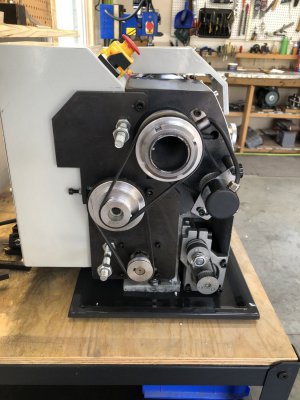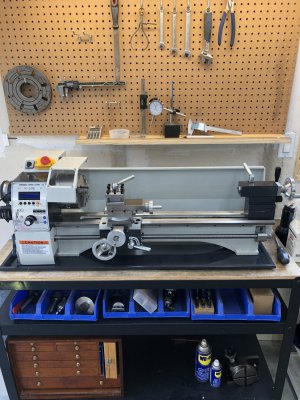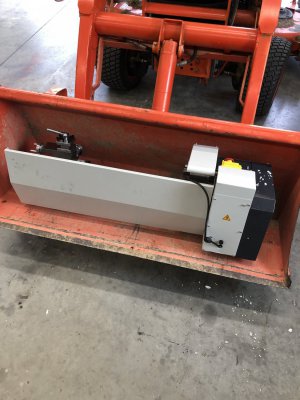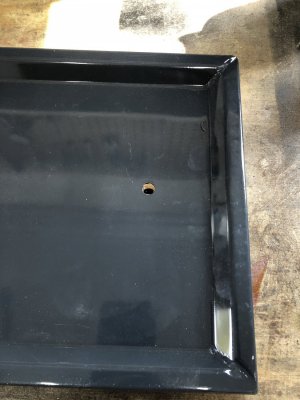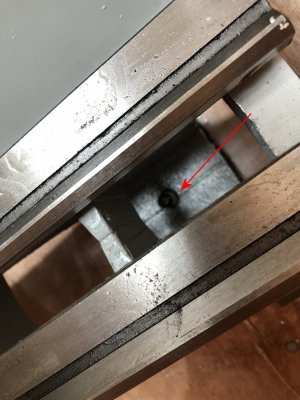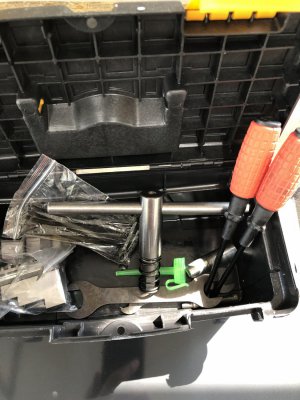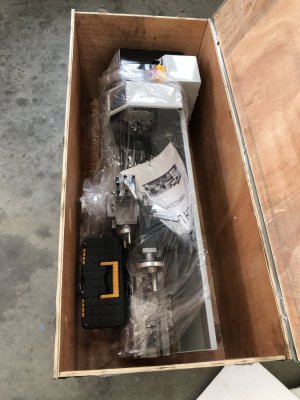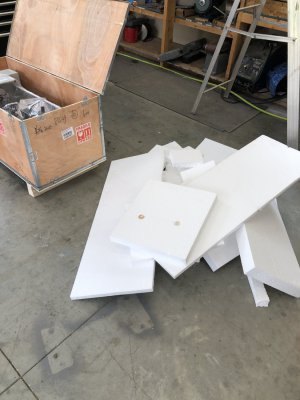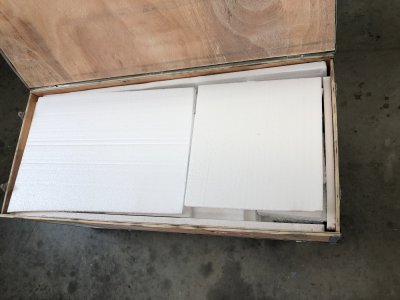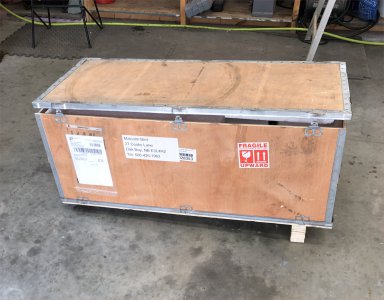I'm not an affiliate so I won't place direct links, but you should find it by googling "lathe 1100w electronic".
The manufacturer representative. pointed me to it while discussing other matters, the first thing I suggested is that they remove the the change gears table on the quadrant cover

- I didn't manage to get a a sound "yes we will".
What I like is the brushless 1.1kW motor and that the belts to the spindle are properly sized, unlike the terrible VEVOR one that are 3mm for the same motor!
Bed length is probably excessive at 800mm, it increases weight and cost for no major advantage for the majority of hobby users.
I suspect that the leadscrew is metric, but that is a non-issue with E-LS.
It seems to me that these have 100mm bed width, with the casting feet very narrow, the machine needs to be bolted down or it will be unusable.
The building details appears decent, with the tailstock and apron left unpainted, but blackened. Personally I like that as it makes so much easier to repair the occasional damage. Of course some things they will never get right, as in using black jam nuts for the traverse and compound jibs, or Heaven forbids, locking screws there.
The E-LS appears easy to control, but from on the attached video doesn't possible to set non-standard pitches, sometime necessary to cut non-metric, non-imperial thread, yes they do exist try making screw for antique French clocks. Or for coiling springs, etc.
 ), and finally, some pictures of the ELS display/control interface.
), and finally, some pictures of the ELS display/control interface.

